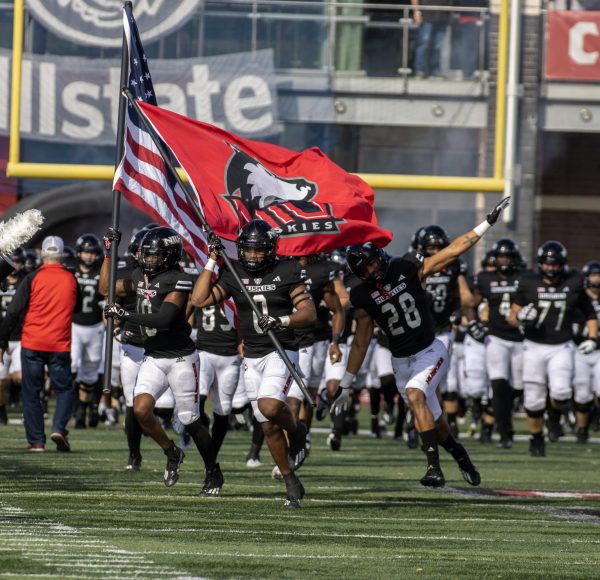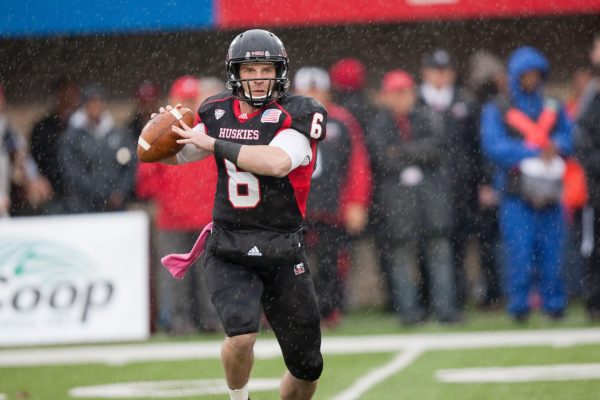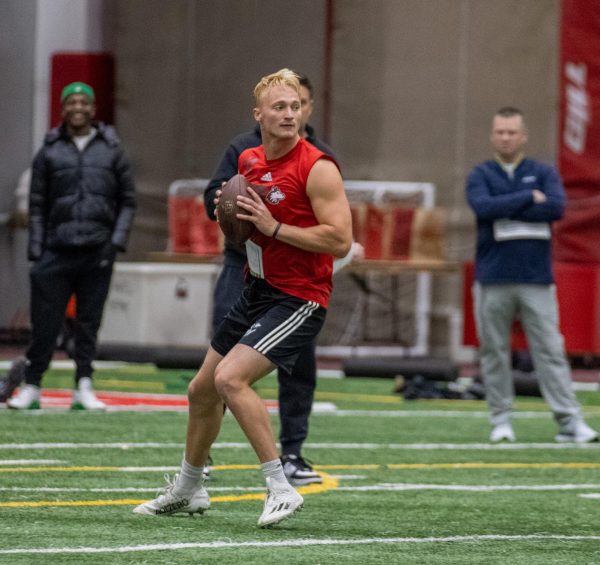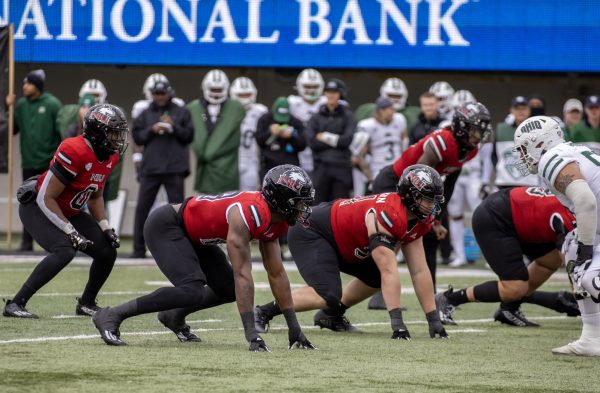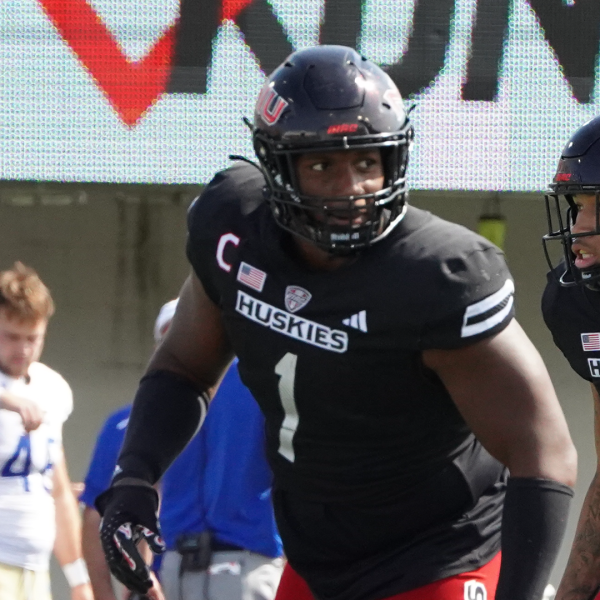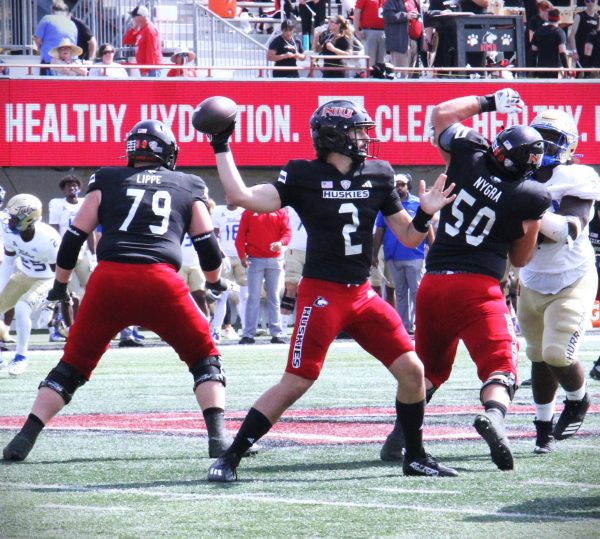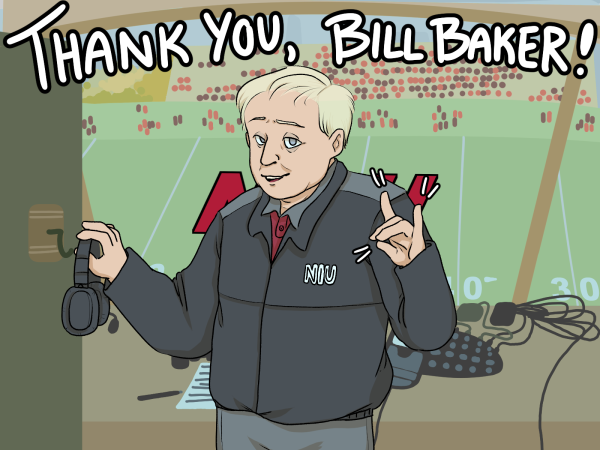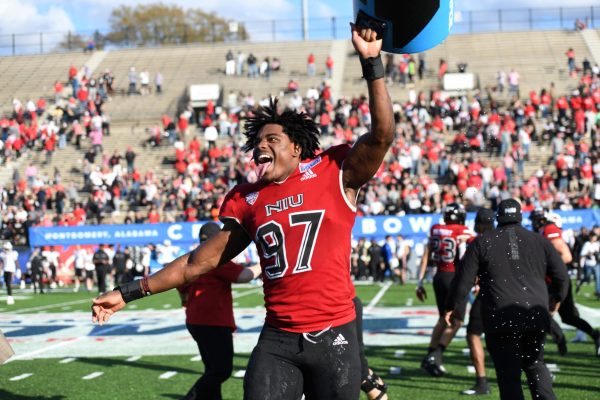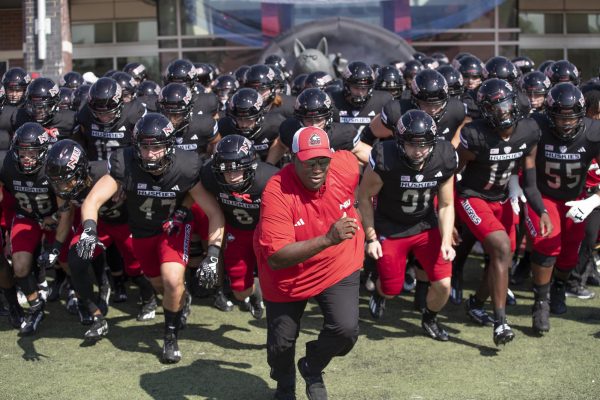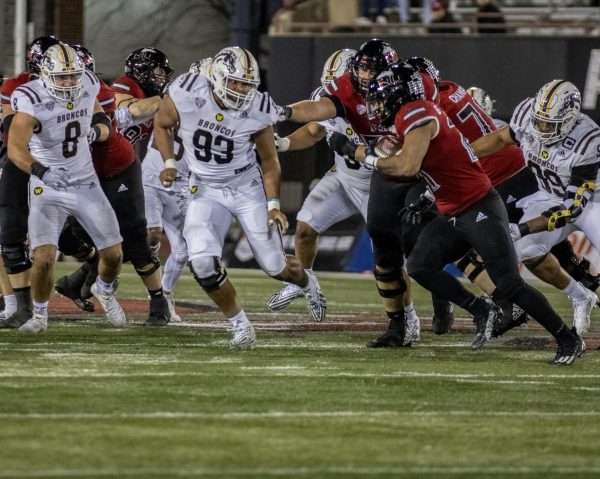Long-distance line remains at 19’9
April 10, 1990
Maybe the biggest news from the NCAA Rules Committee last week was the rule it didn’t change, with the committee deciding to keep the 3-point stripe where it is.
The narrow strip of paint located in an arc 19 feet, nine inches from the target, which has boosted attendance, quickened pulses and provided hope for those six foot and under can be—but probably won’t be—lengthened experimentally to 20-6 by conferences.
“We permitted experimentation two years ago and we had no takers,” said Edward Steitz, secretary/rules editor for the committee.
“I don’t think coaches are likely to fool with anything that would be different than (NCAA) tournament play,” said Wisconsin-Green Bay head coach Dick Bennett.
In a phone poll, eight of the nine Association of Mid-Continent Universities’ coaches would not want to experiment with the international distance. Northern Iowa coach Eldon Miller, who took his team to the second round of the NCAA tournament, was the dissenter.
Donald Whiteside, holder of four Huskie 3-point records, including most made (season and game) and best percentage (game), said a more distant stripe wouldn’t matter to him because he usually shoots from a foot behind the line.
Changes to go into effect immediately include:
-shooting three free throws when fouled on a three-point attempt—”I don’t think it will be a big factor but they had to do it. It may only come up a few times in the course of a season, but it’s only right,” said Illinois-Chicago coach Bob Hallberg. Eastern Illinois coach Rick Samuels would like the rule better if it “had less to do with the outcome of the game,” because teams usually contest threes near the end of a tight game.
-two foul shots (instead of one-and-one) after the tenth foul in the second half of a game—passed to help speed the game. NIU coach Jim Molinari questioned whether the prospect of two shots would deter a team which needs the ball from fouling.
-stricter penalties for player misconduct— players will receive one-game suspensions for their first fight, and will be suspended for the season after a second. Also new is the giving of technicals for taunting, baiting or undesirable language.
-It doesn’t happen frequently but now the refs can do something about it,” said Hallberg. “Before, it was a gray area, and now it assures that teams will be playing basketball instead of running off at the mouth.”
Whiteside said minding his Ps and Qs could take away the brain-game aspect of basketball.
“If you can get someone to talk with you it’s kind of like a defense,” said Whiteside. “It puts them off their game. I guess some guys will have to cut that out.”
Huskie center Andrew Wells, who is privy to any low-post pleasantries and admits that talking “helps my game,” predicted that Molinari, who doesn’t approve of swearing even in practice, would now deal more harshly with any outbursts. “Knowing him, he’ll probably run us to death,” Wells said with a laugh.
The rock group Rush once sang, “No changes are permanent, but change is.” Can anything else be tinkered with?
“I like the game the way it is,” Northern Iowa’s Miller said. Western Illinois coach Jack Morgenthaler agreed, saying he was concerned with the past couple years’ flurry of changes.
“I’d like to see us settle down and see what happens.”
In other Huskie basketball biz, Molinari recently stayed overnight in the Huskie Stadium pressbox as part of the Huskie Fund Drive. “I really liked spending a night in the football press box. Every time I rolled over, I saw the ghost of Jerry Pettibone,” Molinari said.



